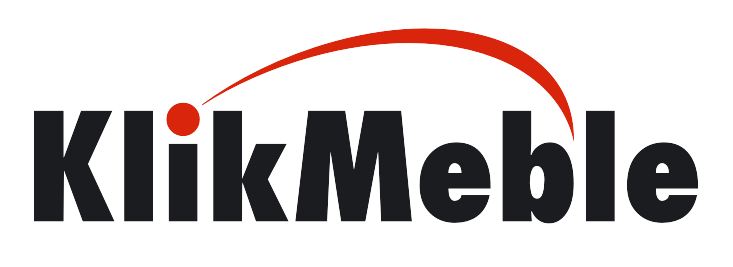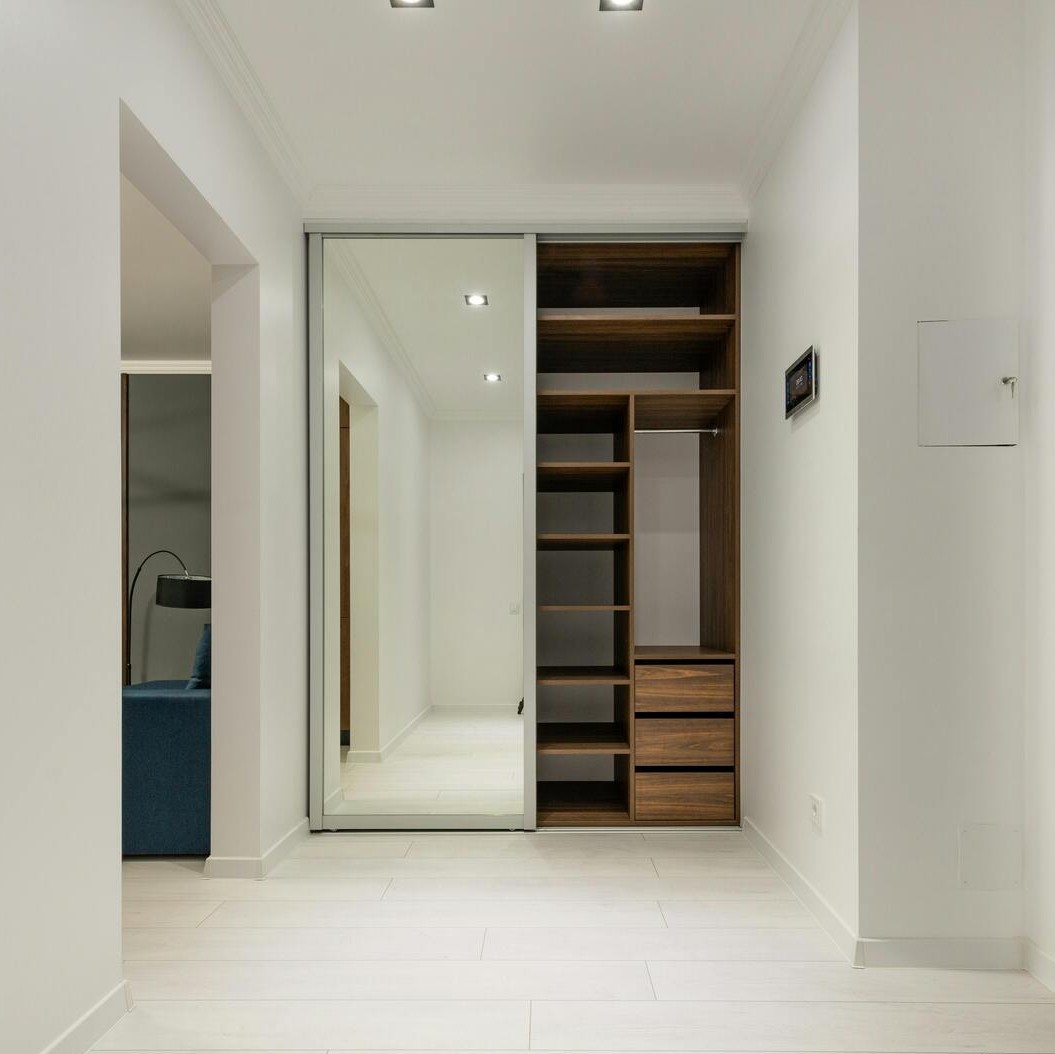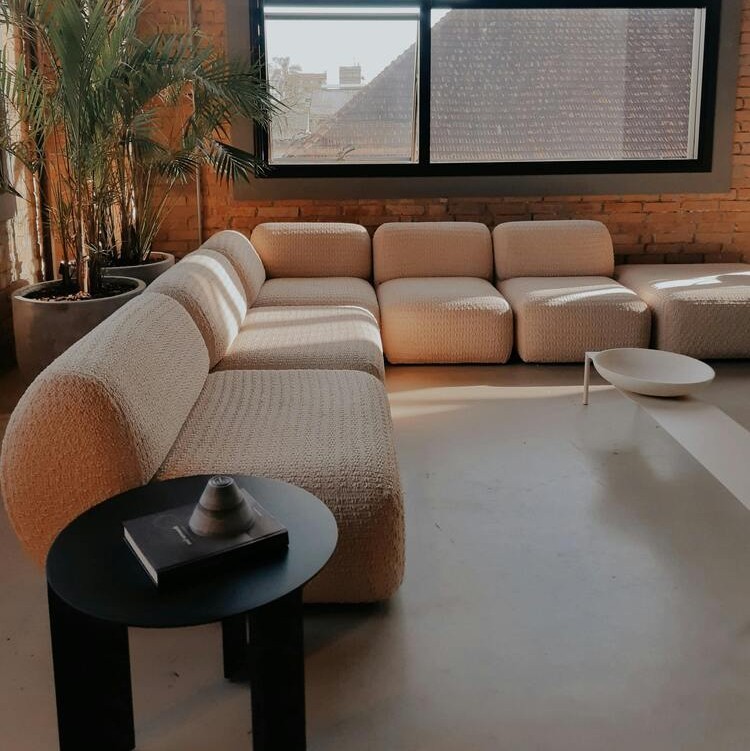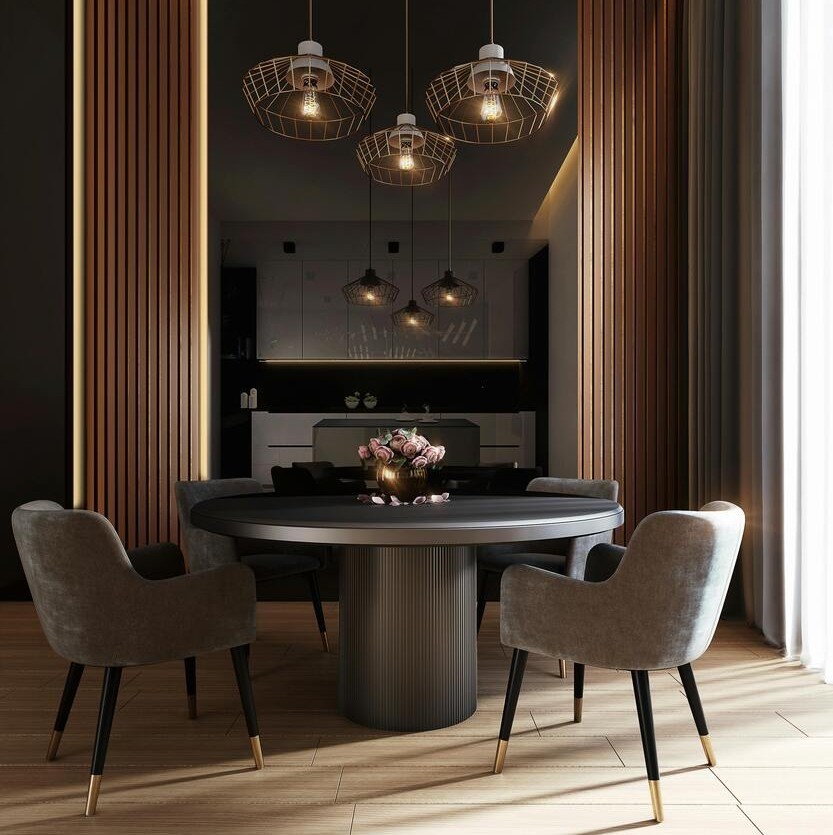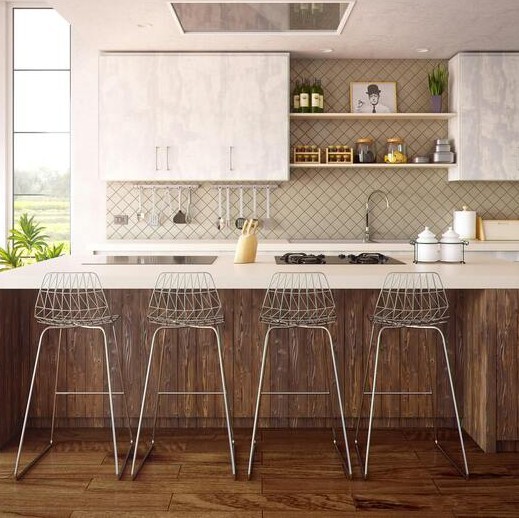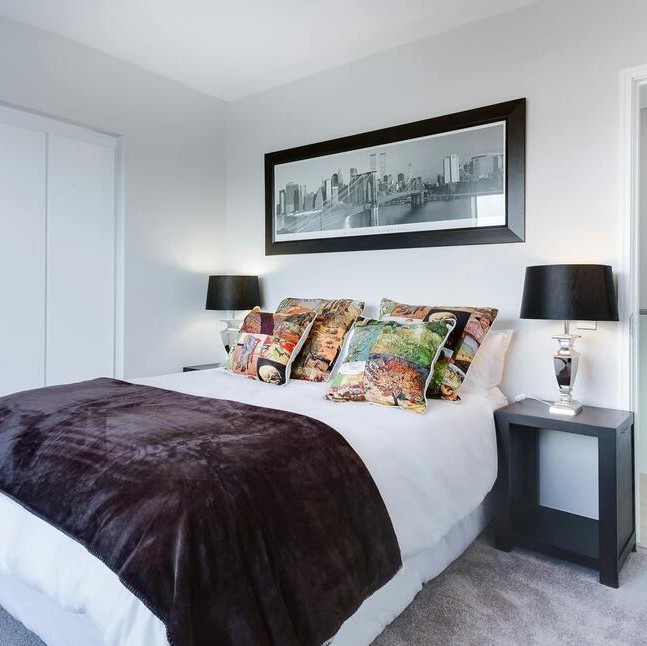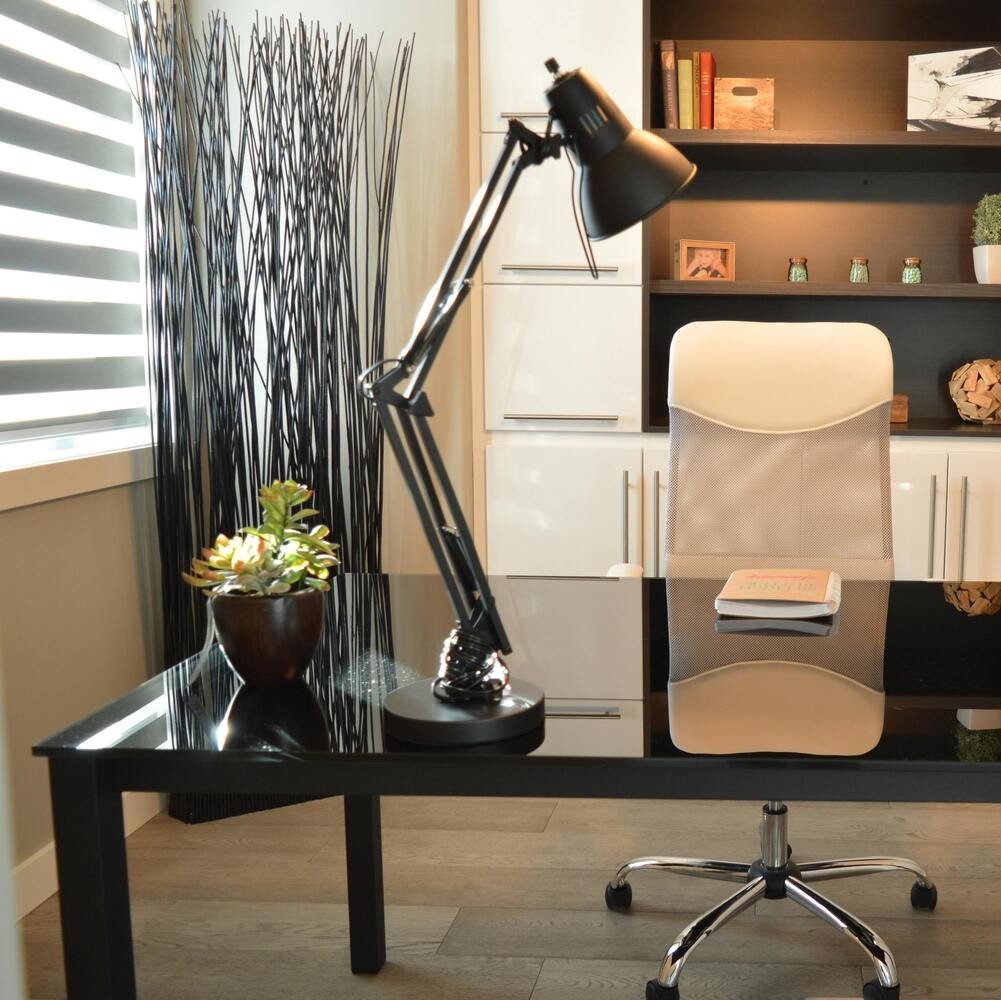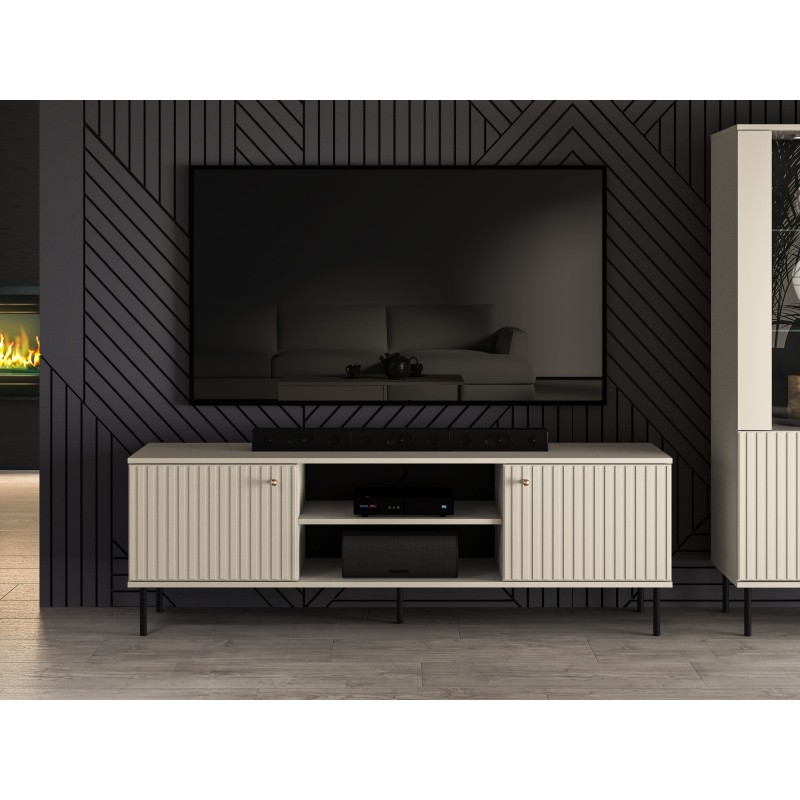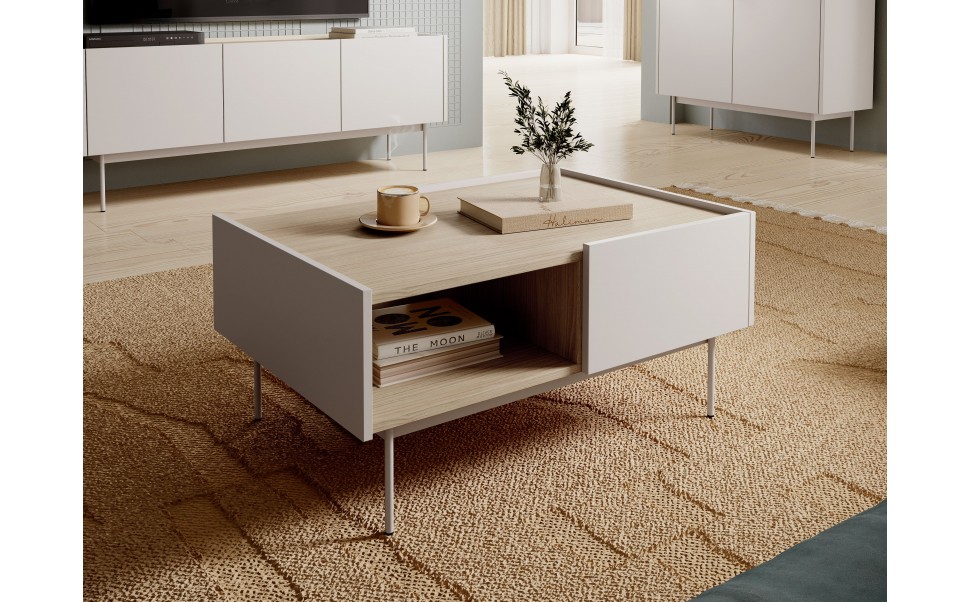When it comes to selecting furniture, one of the key considerations is the material it's made of. With a plethora of options available on the market, ranging in forms and finishes, making a choice can feel overwhelming. To simplify this process, we've embarked on a series of posts exploring the materials used in our furniture production. Today, our focus is on examining the advantages and disadvantages of furniture crafted from Medium Density Fiberboard (MDF).
What is MDF?
Medium Density Fiberboard (MDF) is a type of wood-based panel. It's created by blending ground wood fibers with organic resins, which are then subjected to high-temperature processing and pressing. The result is a material of medium density, prized for its hardness and uniformity, making it an excellent choice for furniture construction.
Pros of MDF
- MDF offers several compelling advantages to consider when choosing furniture:
- Versatility: MDF comes in a wide array of colors and finishes, making it easy to find a suitable option for any aesthetic preference. Even unconventional designs, like MDF tables mimicking marble, are readily available.
- Affordability: Compared to solid wood, MDF is relatively cost-effective. While prices may vary depending on quality and finish, its affordability allows for frequent decor changes without breaking the bank.
- Durability: With proper care, MDF furniture can last for many years, providing lasting enjoyment and peace of mind against premature wear and tear.
- Ease of Maintenance: MDF's smooth surface is effortless to clean and resistant to stains, making it a popular choice for kitchen tables and countertops.
- Chemical Resistance: MDF is resilient to grease and chemical agents, making it particularly suitable for kitchen furniture where exposure to spills and splatters is common.
- Workability: MDF is easy to manipulate, allowing for the creation of intricate and unconventional furniture designs. It can also be readily cut using basic household tools.
Cons of MDF
- Despite its many advantages, MDF does have some drawbacks to consider:
- Moisture Sensitivity: MDF is susceptible to moisture, which can cause swelling and distortion, particularly in environments like kitchens and bathrooms with high humidity levels.
- Susceptibility to Scratches: The surface of MDF is prone to scratching, necessitating caution to prevent damage, especially when using sharp objects directly on the surface.
In summary, Medium Density Fiberboard (MDF) presents a compelling option for furniture construction, offering a balance of affordability, versatility, and durability. However, its susceptibility to moisture and scratches should be taken into account when making furniture selections. If you have any further inquiries, please don't hesitate to reach out to us. Stay tuned for more insights into the types of finishes utilized in MDF furniture production.
